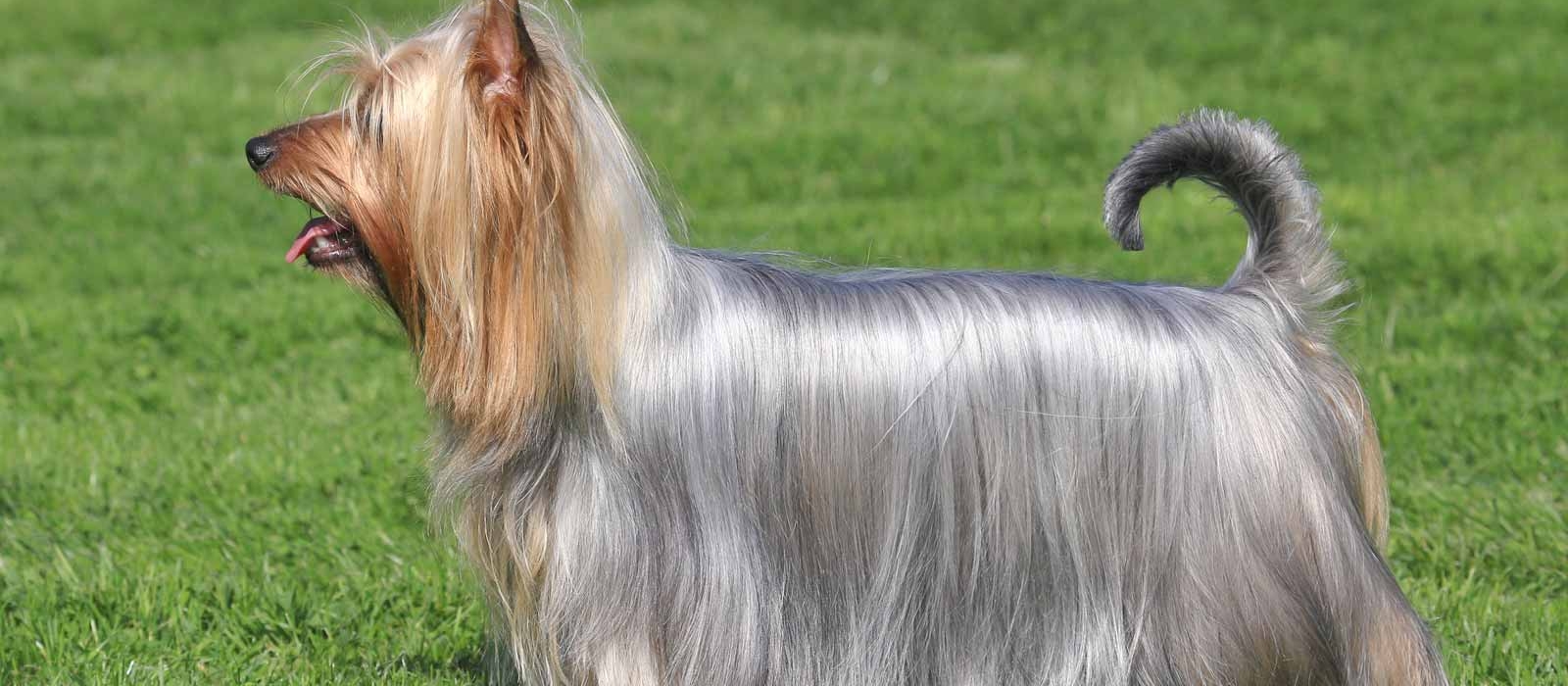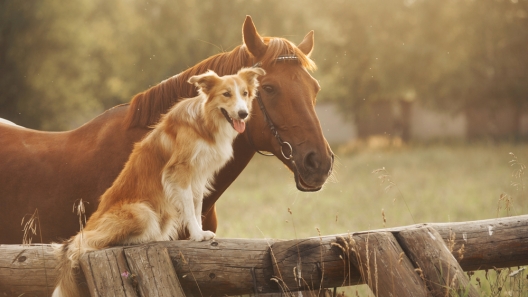-
Activity Level:
low
-
Shedding Level:
low
-
Grooming Level:
high
-
Trainability:
high
-
Good for Novice Owners:
high
-
Adaptability:
high
-
Kid/Pet Friendly:
often
-
Prey Drive:
high
-
Watchdog:
very alert
- Average Size: Small
- Average Lifespan: 13-15 years
- Registered?: aca, akc
Silky Terrier Dog Breed Information
Overview
Temperament
Adaptability
Health
Owner Experience
Grooming
Activity Level
Size
Life Span
Did You Know?
The Silky Terrier originated in Australia in the early 1900s. Although a mix of terriers was used, imported Yorkshire Terriers and native Australian Terriers were two of the main dog breeds used to establish the Silky Terrier, which is why they look similar.
As the breed became established in both Sydney and Victoria, Australia, two separate breed standards were created. It wouldn’t be until 1926 that these were condensed into one national standard. In 1955, this dog breed’s name in Australia was changed from the Sydney Silky Terrier to the Australian Silky Terrier.
They came to the United States shortly after and gained popularity as a companion dog. The American Kennel Club recognized the Silky Terrier in 1959 as a member of the Toy Group.
The Silky Terrier is a small, friendly dog with an energetic personality. They tend to be quick-footed and alert little dogs that love nothing more than being with their families. They tend to be charming, high-spirited, and curious dogs with a zest for life.
Well-socialized, they tend to do well with children and other dogs. But, as a toy-sized pooch, they can be easily hurt or injured by falls or accidental rough play that can be common with younger children. They also tend to have a high prey drive, so they may need some extra socialization if there are other small pets in the household.
They do tend to be friendly towards strangers. They may bark to alert you of people or animals on the property, but they do not tend to be yappy. Poor socialization and a lack of training can result in a Silky Terrier that barks constantly. However, this is not normal behavior for them.
Although Silky Terriers are small, they are sturdy little dogs that are highly adaptable. They tend to do well in larger homes as well as apartments. They are even considered perfect dogs for apartments. They do well in most climates. As with any dog breed, they are sensitive to heat. Due to their small size, they need a little extra help to stay warm in the winter.
Having the right mix of winter dog products on hand can be a big help when the temperatures drop. Because they bond so closely with their families and are happiest when they are with them, they don’t like being left alone for long. Also, due to their high prey drive, they should only be let off-leash in securely fenced areas.
Although the Silky Terrier is a relatively healthy dog breed, there are still some potential health concerns to be aware of. These potential issues can include patellar luxation and eye disease. Good breeding practices and the health of the parents make a big difference in Silky Terrier puppies.
Reputable breeders will screen their stock to avoid passing on issues to puppies. So, don’t be afraid to ask them about the genetic and health history of both of the parents. You can also ask about any relevant health clearances or test results.
As a small dog breed, the Silky Terrier is prone to developing gum disease, which can lead to tooth decay and loss. Practicing good dental care for dogs and keeping up with regular vet visits can help prevent painful dental diseases later in life.
The Silky Terrier is a highly intelligent dog breed that is eager to please their owners. This means that they pick up on things quickly and are generally easy to train. They will try to push boundaries and can quickly learn to use their cute face and charming personality to their advantage if their owner lets them get away with it, which can result in undesirable behaviors.
First-time owners will be able to handle this as long as they stick to consistent training. But, puppy training classes are always an option. These classes can be a good idea anyway because they often offer opportunities to socialize a puppy in addition to adding structure and consistency to training.
The Silky Terrier is known for their long, silky coat, which is beautiful but requires some maintenance. They are low-to-moderate shedders and their coat is prone to tangles and mats. A pin brush, soft bristle brush, and long-toothed metal dog comb are good types of dog grooming brushes to have on hand for Silky Terriers.
You need to be prepared to brush them at least a few times a week and bathe them every four to six weeks. You can do this at home or you can take them to the groomer. You can also opt for a short clip instead of keeping their coat long, but you will still need to brush and bath them regularly to maintain it.
In addition to coat care, you will also need to care for your Silky Terrier’s nails, ears, and teeth. If you are on a regular schedule with a groomer, they will be able to help with some of this during their grooming session. However, you will still need to take care of it at home in between sessions.
Once or twice monthly nail trimming is usually enough to keep nails from growing too long. But, if your dog’s nails grow quickly or just aren’t wearing down as much naturally, then you will need to cut your dog’s nails more often.
Checking ears weekly and carefully cleaning them as needed can help prevent ear infections. Ears should be dry, clean, and free of debris and pests. If not, it’s time to clean your dog’s ears. If you see redness, irritation, discharge, excess wax, etc., it’s time to visit the vet.
Because many dog owners overlook regular dental care for their dogs, gum disease is one of the most common health issues in dogs. Keeping up with dental care is important for any dog, but is especially important for small dog breeds like the Silky Terrier because they are more prone to developing issues.
Brushing your dog’s teeth or using an enzyme toothpaste every day, along with cleanings at the vet when needed, is ideal. On top of that, you can get suggestions from your vet for dental hygiene chews and treats. You can also work with them to create a customized “dental care diet” for your pup to further supplement your efforts.
Although these dogs are tiny, they are energetic. They can range from a low to moderate activity level. They may have bouts of high energy, but they are small, so they can get tired out easily. Daily walks plus some playtime are plenty for this small pooch.
But, they love spending time with you, so they will likely be up for more activity if you are. A game of fetch, an easy hike, or even training for dog sports once puppies finish growing can all be great options for a Silky Terrier. They tend to be a great fit for companion sports like agility, obedience, and more.
Fully-grown Silky Terriers usually stand 9-10 inches tall and weigh around 10 pounds. They are one of the smallest dog breeds.
A Silky Terrier generally lives 13-15 years on average.
Although the Silky Terrier may look like a longer-haired version of a Yorkshire Terrier, they are different dog breeds. The Silky Terrier is larger and hails from Australia. However, the two dog breeds are considered close cousins! One of the facts about Silky Terriers is that they are related to Yorkies.









